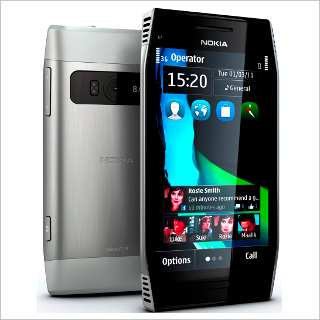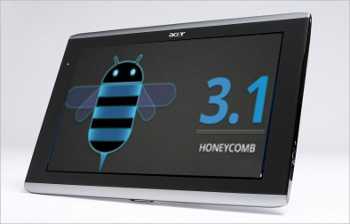Android has introduced Market License Server which gets pinged by both genuine and pirated apps so the developers can find out and remotely deactivate the app or charge the users.

To counter the scourge of piracy of applications, Android has come up with a way, called Market License Server, through which the app developers can actually verify whether the app running on a smartphone is a legitimate one or not.
If used, this facility let the apps, even pirated copies, to ping the servers of developers which will in turn find out whether it is a pirated one or not.
The developers will have then two options — they can either block the pirated app right away or they can switch the user to a lighter version of the app so they can switch to the paid version later, if they so desire.
Till recently, major video game publishers such as Gameloft avoided Android Market because of rampant piracy of applications. Some analysts believe the users paid more money to the iOS platform because for quite some time it was the only app store in the market which is more secure.
Another reason for heightened piracy over Android is due to the fact that in iOS devices users need to jailbreak their devices to install pirated apps, which involves more effort and therefore users prefer to buy genuine apps mostly.

